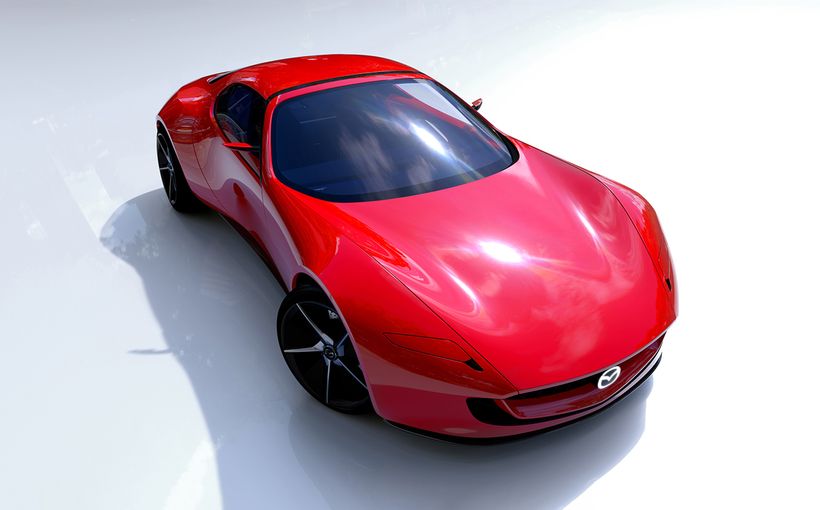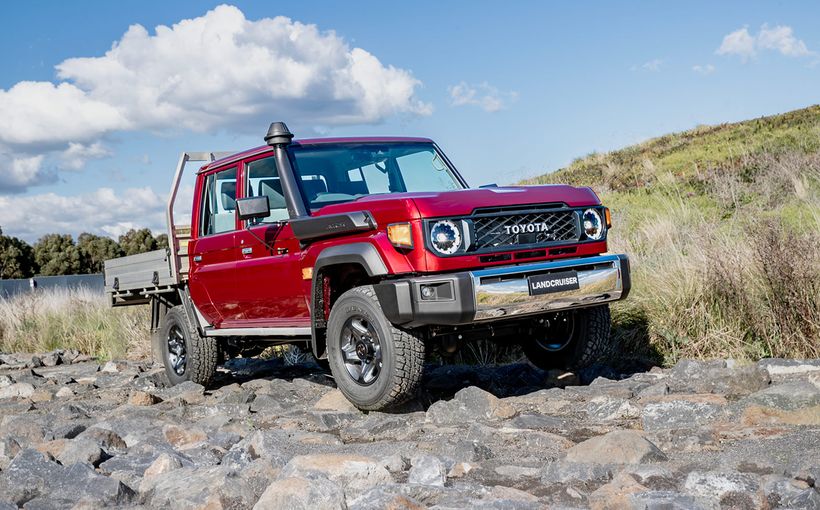Does the MY19 Honda NSX edge closer to perfection?

IF you haven’t seen any of Honda’s latest NSX on the road over the past two years, don’t worry… and don’t book an appointment with an ophthalmologist, either!
In two years, just five examples of the Japanese company’s petrol-electric supercar have been registered in Australia. Five. That makes the second-gen NSX a pretty rare sight, but maybe the mild makeover for MY19 that’s just been unveiled might make buyers see things differently now. Maybe.
That said, at $420,000 before on-roads, the fastest-ever Honda still costs a fortune, so let’s not get too far of ourselves.
Unveiled in August, the American-made, hand-built, aluminium-bodied two-seater coupe’s visual changes are minuscule, with the nose cone gaining a body-coloured grille garnish instead of the old silver item (how 2016!), while the bumper meshes at both ends of the car are now finished in high-gloss. Call it bolder lipstick if you will.

Additionally, the latter also applies to the NSX’s carbon-fibre exterior package, meaning that the front splitter, side skirts, rear diffuser and spoiler are now shinier than before.
Oh, and there’s a distinctive new hero colour – Thermal Orange. Opting for that, as with the Source Silver and Casino White, add another $1500, while Nouvelle Blue Pearl and Valencia Red Pearl cost more. $10,000 more.
Speaking of hues, stepping down into the formidable, space-age cabin, buyers can now choose a new Indigo blue semi-aniline leather and Alcantara trim combination to give the hybrid a more high-tech look.

Now, if all this seems inconsequential, listen up, because more substantial changes have occurred underneath the NSX’s slinky skin, in an effort to improve the all-wheel drive supercar’s dynamic capabilities.
Firstly, the chassis set-up has been modified, involving different tyres and software tuning, in order to make what Honda describes as “even more responsive to the will of the driver, elevating performance driving in all circumstances, from daily driving to the circuit”. Not that the outgoing version was anything but amazing in its sports-car bandwidth.
Anyway, the engineers have swapped over the previous Continental ContiSportContact 5P tyres with stickier ContiSportContact 6 rubber, bringing with them a trick new tread pattern and compound designed to enhance wet as well as dry-weather performance. As before, there are 19s steer the car up front and 20s in the rear take most of the drive.
Additionally, fatter anti-roll bars boost stiffness by 26 per cent up front and 19 per cent out back; upgraded rear toe-link bushings are said to be 21 per cent firmer and the rigidity of the rear hub rises by six per cent.
While these chassis updates may appear minor, they’ve also necessitated a complete retuning of the petrol-electric powertrain, adaptive dampers, electric rack-and-pinion steering system and all driver-assist systems including the electronic stability control, for better-orchestrated drivetrain response. Or, in other words, we’re expecting the Honda to feel faster yet smoother.

On the subject of go, ahead of the rear axle for a more optimum power to weight ratio continues to be a 3.5-litre twin-turbo V6, pumping out 373kW of power between 6500rpm and 7000rpm, and 550Nm of torque all the way from 2000-6000rpm. Being a tech-fest extravaganza, the supercar also employs a trio of electric motors – two over the front axle, delivering 27kW each, as well as a 35kW item on the rear axle. Combined, that equates to 427kW and 646Nm.
That’s a lot of output for the unique nine-speed dual-clutch transmission to shuffle through to all four wheels, and is aided by what Honda intriguingly dubs its Integrated Dynamics System; essentially, this ropes in the brakes, steering, throttle, stability assist, dampers and the Sport Hybrid SH-AWD control systems into a several modes – ‘Quiet’ for pure EV, Sport for normal mode, Sport+ for chasing Porsche 911 Turbos and Audi R8s on German autobahns, and Track for reliving your Ayrton Senna fantasies.

Result? Standstill to 100km/h is reportedly over in just 2.9 seconds, 307km/h is the recorded top speed and – should you want to reduce your carbon footprint – an achievable average of just 9.7 litres per 100km.
Keeping all that in check is multi-link suspension boasting the impressively named magnetorheological adaptive dampers as well as carbon-ceramic brake rotors.
Which brings us back to why you might want to consider a $420,000 NSX when there are Ferraris and Lamborghinis offering similar performance; the 488 GTB costs $50K more and is 0.1s slower and the 812 Superfast is a cool $610K from the Modena corner, while for the supercar from Sant'Agata you’ll need the $484K Huracan Performante or Aventador S to match the Honda.

But there’s more. Built in a special plant in Ohio, USA, the Japanese hybrid coupe ushers in ground-breaking welding, body construction and painting, final assembly and quality assurance methodology, while the aluminium-intensive space-framed supercar relies on 16 specialists undertaking 14 hours of hand-assembly; all panels are manually installed from the inside of the vehicle for perfect side-to-side fitment and lasers are used to locate door hem edges, mudguards and door gaps. Precision gone mad. Plus, the powertrain is machine balanced, bench-tested, and run-in to the equivalent of 200km of service, and so ready for track work.

Which is at the crux of company founder Soichiro Honda’s core philosophy, which was that “racing improves the breed”. The late Ayrton Senna, arguably the greatest F1 driver of his generation, had a huge influence in the development of the 1990 NSX original, so it is no surprise that attempts have been made to instil a similar obsession in the latest iteration. Whether both men would have rated today’s version we’ll never know.
So that’s what the MY19 NSX is all about. More than just more make-up and some extra time at the gym, it represents both the past and the future. Whether more than a handful of supercar buyers agree remains to be seen.
Protect your Honda. Call Shannons Insurance on 13 46 46 to get a quote today.










